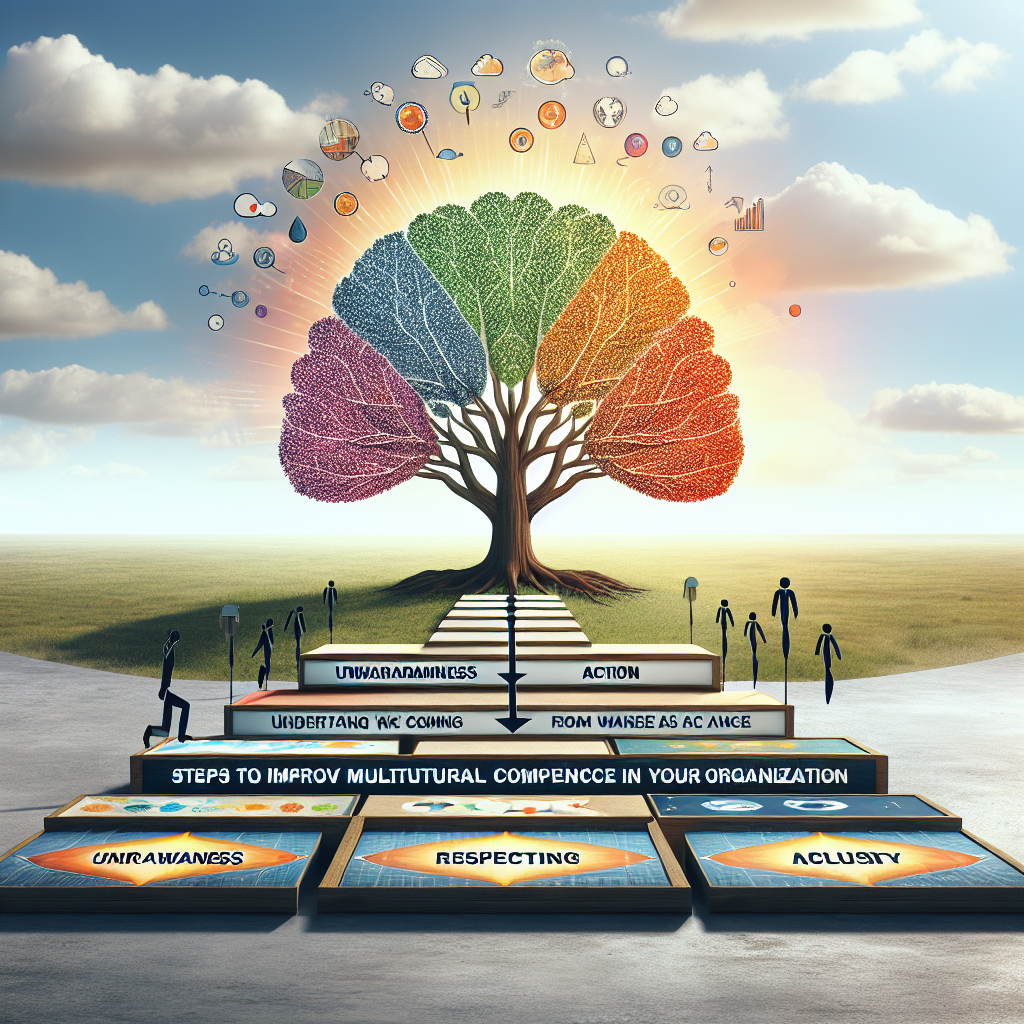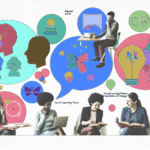
Introduction: A Voice for Every Culture
Imagine walking into a workplace where every individual feels valued, respected, and understood, irrespective of their cultural background. This is not just a dream; it’s a reality that can be achieved through intentional efforts to enhance multicultural competence. In today’s globalized world, organizations need to embrace multiculturalism, not only to foster inclusivity but also to drive business success. This article, "From Awareness to Action: Steps to Improve Multicultural Competence in Your Organization," will provide you with essential strategies to convert awareness into actionable plans, ensuring that your workplace thrives in diversity.
Understanding Multicultural Competence
What is Multicultural Competence?
Multicultural competence refers to the ability to interact effectively with people from diverse cultural backgrounds. It encompasses awareness, knowledge, skills, and attitudes that help individuals and organizations navigate multicultural environments. An organization that prioritizes multicultural competence is likely to see improved employee satisfaction, enhanced creativity, and a broader customer base.
Why Is It Important?
1. Broader Talent Pool: Organizations with a strong multicultural foundation are attractive to a wider array of candidates.
2. Enhanced Creativity: Diverse teams contribute a variety of perspectives, driving more innovative solutions.
3. Global Market Success: A culturally competent organization can better serve a global customer base, understanding nuances that can influence purchasing decisions.
4. Improved Employee Retention: Employees who feel seen and understood are more likely to stay, reducing turnover costs.
From Awareness to Action: Steps to Improve Multicultural Competence in Your Organization
Step 1: Cultivate Awareness
Awareness is the first step on the journey to multicultural competence. To truly understand the diverse makeup of your workforce, consider conducting the following assessments:
| Assessment Type | Purpose |
|---|---|
| Employee Surveys | Gauge cultural awareness and identify gaps. |
| Diversity Audits | Assess current demographic representation. |
| Focus Groups | Deepen understanding of employee experiences. |
Case Study: IBM’s Comprehensive Approach
IBM has long been a leader in promoting diversity. Their employee resource groups allow individuals from various backgrounds to share their experiences, fostering an environment of awareness that translates into actionable strategies. By utilizing employee feedback, IBM has significantly enhanced its multicultural competence.
Step 2: Provide Education and Training
Once awareness is established, the next step is education. Training programs should focus on cultural sensitivity, implicit bias, and effective communication techniques.
| Training Type | Content Focus |
|---|---|
| Cultural Sensitivity | Understanding and respecting different beliefs. |
| Implicit Bias | Recognizing and mitigating unconscious biases. |
| Communication Skills | Developing effective intercultural communication. |
Analysis: The Effectiveness of Training Programs
A study from the Journal of Business Ethics showed that organizations implementing regular multicultural training reported a 20% increase in employee satisfaction and a 15% reduction in conflict-related incidents.
Step 3: Implement Inclusive Policies
To transition from awareness and education to actionable steps, organizations must develop and enforce policies that promote inclusivity. This includes:
Diverse Hiring Practices: Utilize diverse interview panels and aim for a balanced candidate pool.
Flexible Work Policies: Recognize different cultural practices and celebrations, allowing time off for significant cultural observances.
- Conflict Resolution Mechanisms: Develop clear, unbiased systems for addressing workplace disputes.
Case Study: Google’s Inclusion Strategy
Google has implemented several inclusive policies, including flexible work hours for cultural observances. Their commitment to diversity is reflected in their employee satisfaction ratings and has positioned them as a top employer globally.
Step 4: Encourage Open Dialogue
Creating a culture where open dialogue is encouraged can significantly improve multicultural competence within your organization. Structured forums such as:
| Forum Type | Purpose |
|---|---|
| Town Hall Meetings | Foster honest discussions about inclusivity. |
| Anonymous Feedback | Allow employees to voice their concerns safely. |
| Mentorship Programs | Pair employees to share insights and experiences. |
Analysis: The Impact of Open Dialogue
A longitudinal study from the Harvard Business Review found that organizations that prioritized open communication reported a 32% increase in employee engagement, highlighting the benefits of fostering an open-dialogue culture.
Step 5: Measure and Reflect
To ensure that your multicultural initiatives are effective, it’s essential to regularly measure their impact. Consider the following metrics:
| Metric Type | Purpose |
|---|---|
| Employee Retention Rates | Track turnover related to cultural issues. |
| Engagement Surveys | Monitor employee satisfaction levels. |
| Diversity Metrics | Analyze representation across all levels of the organization. |
Case Study: Starbucks’ Response to Feedback
In 2018, Starbucks faced significant backlash over racial bias incidents in their stores. They responded by closing over 8,000 stores for a day of racial-bias training, demonstrating their commitment to reflection and change. This move not only addressed immediate concerns but also set a standard for future multicultural competence efforts.
Conclusion: The Path Forward
Improving multicultural competence in your organization is not just an ethical necessity; it is a strategic advantage in today’s diverse marketplace. By transitioning "From Awareness to Action: Steps to Improve Multicultural Competence in Your Organization," you can build a workplace where all employees feel valued and empowered. Remember, the journey of a thousand miles begins with a single step. Embrace the power of diversity, and inspire your organization to thrive.
FAQs
1. What is multicultural competence?
Multicultural competence is the ability to interact effectively with people from diverse cultural backgrounds, encompassing awareness, knowledge, skills, and attitudes.
2. How can I assess my organization’s multicultural competence?
You can use employee surveys, diversity audits, and focus groups to gauge your workforce’s cultural awareness and identify areas for improvement.
3. What are some effective multicultural training programs?
Training programs should focus on cultural sensitivity, implicit bias, and effective intercultural communication to promote awareness and skills.
4. What policies can improve inclusivity in the workplace?
Diverse hiring practices, flexible work policies, and unbiased conflict resolution systems are essential for promoting inclusivity.
5. How can I encourage open dialogue in my organization?
Hosting town hall meetings, providing channels for anonymous feedback, and establishing mentorship programs can foster open discussions about inclusivity.
By following the outlined steps and learning from case studies, organizations can weave a rich fabric of multicultural competence, creating environments where diverse voices are not just heard but celebrated. Your journey begins today—transform awareness into actionable change.














